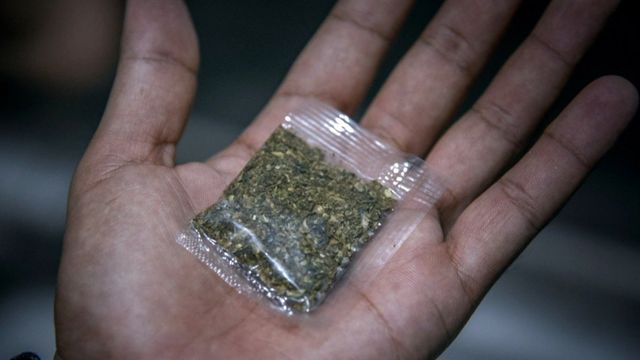The Rise of Tiburon Drug: Synthetic Cannabinoids and Their Intriguing Journey
In recent years, a new trend has emerged in the world of recreational substances, captivating the attention of many, and causing both excitement and concern among the public and authorities alike. This trend revolves around a group of compounds known as synthetic cannabinoids, which have been creating waves due to their striking similarity to the renowned active ingredient in cannabis, Δ9-tetrahydrocannabinol (THC). Let’s dive into the intriguing world of these synthetic cannabinoids, often referred to as “Tiburon Drug,” exploring their origins, effects, and the rapidly evolving landscape surrounding them.
The Quest for a Cannabis Alternative
Originally developed as therapeutic agents, particularly for pain management, synthetic cannabinoids were seen as a promising avenue in the pharmaceutical field. However, early efforts faced a challenging task – how to separate the desirable properties from the unwanted psychoactive effects. These compounds, often referred to as cannabinoid receptor agonists, struggled to strike the right balance.
The Birth of the Tiburon Drug
The emergence of Tiburon, the umbrella term for synthetic cannabinoids, marks a significant shift in the landscape of recreational substances. Unlike traditional cannabis products, Tiburon doesn’t rely on actual cannabis or tobacco. Instead, it harnesses the power of synthetic compounds that mimic the effects of the renowned Δ9-tetrahydrocannabinol (THC), the active component in cannabis. This innovative concept was born in the late 2000s, coinciding with the expansion of online markets and the quest for new experiences.
Tiburon’s origins lie in herbal smoking mixtures such as “Spice Gold,” “Spice Silver,” and “Yucatan Fire.” These products gained popularity due to their ability to produce effects similar to those of cannabis, making them an attractive choice for those seeking an alternative route to euphoria. Distributed through online platforms and “head shops,” Tiburon swiftly caught the attention of a diverse audience, from individuals looking for discreet options to those simply curious about novel recreational substances.
However, Tiburon’s journey hasn’t been without its challenges. Early attempts were made to separate the desired therapeutic properties, such as pain management, from the undesirable psychoactive effects. Striking this balance proved complex, and Tiburon faced scrutiny for these challenges. Furthermore, the rapid evolution of the Tiburon market prompted regulatory responses in various countries. Recognizing the need to address public health and safety concerns, some nations have taken steps to control the sale and use of these synthetic compounds.
As Tiburon continues to evolve, responsible exploration of this world is essential. The allure of synthetic cannabinoids has intrigued many, but concerns about safety, product consistency, and the potential for overdose highlight the importance of informed use. Ongoing research, coupled with adaptable regulations, will play a crucial role in navigating the dynamic landscape of Tiburon. By staying informed and responsible, we can better understand Tiburon’s impact on individuals and society, ensuring a balanced approach to this revolutionary chapter in recreational alternatives.
Behind the Chemistry
Unlike the classical cannabinoids structurally related to THC, many synthetic cannabinoids don’t share this structural connection. They are a diverse group of lipid-soluble, non-polar compounds with 22 to 26 carbon atoms, making them readily volatile when smoked. The intricate molecular structures of synthetic cannabinoids, such as JWH-018, HU-210, and CP 47,497, have been at the core of their allure and potency.
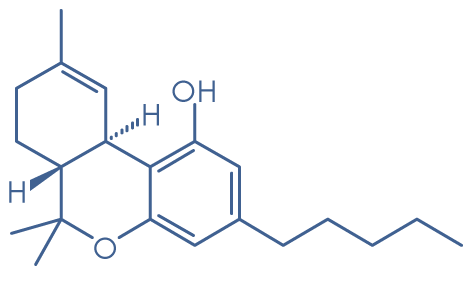
THC
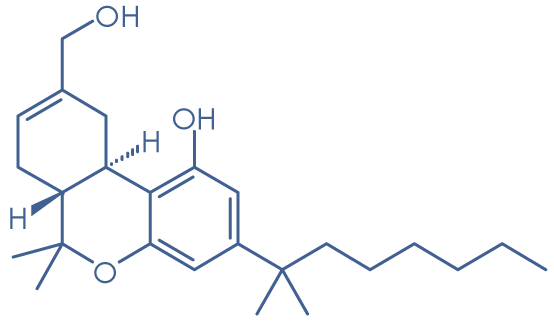
Hu-210
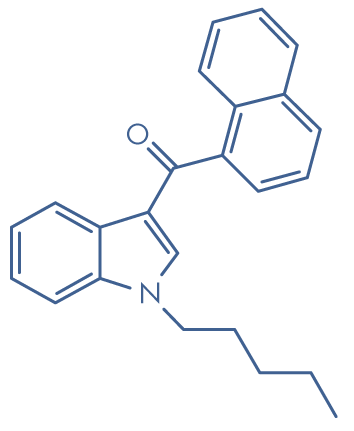
JWH-018
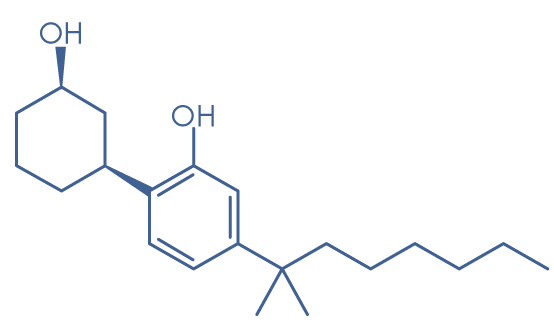
CP 47,497
Unveiling the Effects
The pharmacological effects of synthetic cannabinoids mirror those of THC and anandamide, interacting with the CB1 receptor in the brain. These compounds show a high affinity for this receptor, and some, like HU-210, bind over 100 times more tightly to the CB1 receptor than THC. However, the detailed pharmacology and toxicology of synthetic cannabinoids remain shrouded in mystery, with few formal human studies to date.
A Complex Landscape
The dynamic nature of the synthetic cannabinoid market is exemplified by the ever-changing landscape of products. Names like “Spice Gold,” “Spice Silver,” and numerous others have already become part of history, as “legal” alternatives continuously replace the compounds used in these mixtures. Regulators and authorities in several countries, including Denmark, Germany, Sweden, and the UK, have taken steps to control the sale and use of these substances, while other nations are considering similar measures.
A Mixed Bag
While some users have reported intriguing experiences with synthetic cannabinoids, concerns regarding safety, variability in product composition, and the potential for overdose loom large. The lack of comprehensive studies and limited understanding of long-term effects has created a cloud of uncertainty around the responsible use of these substances.
The Tiburon Drug Impact
The prevalence of synthetic cannabinoids as a replacement for cannabis remains largely unknown. A 2009 survey in Frankfurt revealed that approximately 6% of surveyed students aged 15 to 18 had tried “Spice” at least once, shedding light on the growing interest in these substances.
Price and Availability
For those seeking to explore the world of Tiburon, sachets of smoking mixtures can be found on the internet or in specialized shops, typically costing between EUR 26 and 30. Each sachet contains around 3 grams of the mixture, sufficient for approximately eight joints.
Beyond Recreation
While THC and nabilone (found in Cesamet®) have found clinical use, primarily for pain management and the treatment of nausea in cancer chemotherapy, the landscape of medical applications for synthetic cannabinoids remains relatively limited.
Intriguing and enigmatic, the story of synthetic cannabinoids, the Tiburon drug, continues to unfold. As science, regulation, and public awareness evolve, it’s essential to stay informed about the effects and risks of these compounds, ensuring that any use remains responsible and well-informed.


